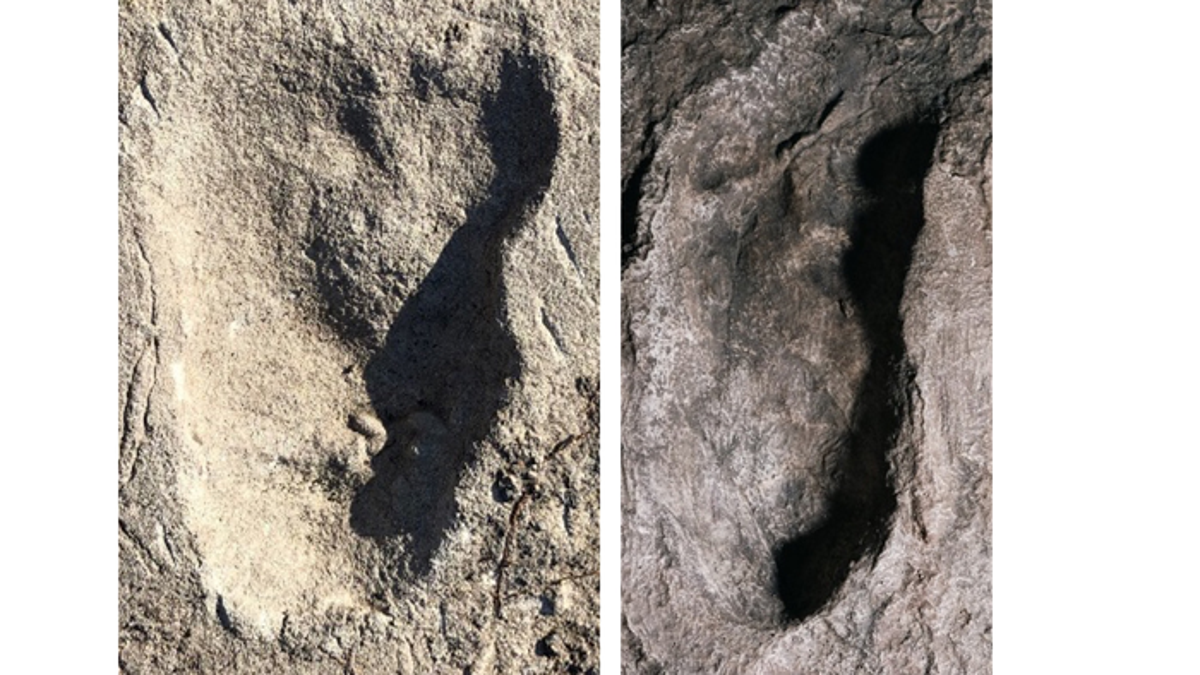
Mysterious footprints discovered in Tanzania were left by early humans 3.7 million years ago
Daily MailMysterious footprints first thought to have been made by ancient bears were actually left by early humans millions of years ago, a new study has found. It suggests that more than one such species was walking on two legs 3.7 million years ago, as separate footprints found at a nearby site in Laetoli have previously been identified as the earliest definitive evidence of bipedalism in hominins. It compared the impressions to another early hominin footprint found nearby, as well as bears and chimpanzees Evidence of a big toe and large heel in the fossilised impressions, discovered at a site in Tanzania in 1976, helped identify them as belonging to an unidentified bipedal hominin WHAT IS THE EARLIEST KNOWN EXAMPLE OF HUMANS WALKING ON TWO FEET? But in comparing the Laetoli footprints at Site A and the inferred foot proportions, morphology and likely gait, the results reveal that the Site A footprints are distinct from those of Australopithecus afarensis at Sites G and S. Our genus was predated by other species on the human family tree including various representatives of the genus Australopithecus, of which Lucy belonged to 'Through this research, we now have conclusive evidence from the Site A footprints that there were different hominin species walking bipedally on this landscape but in different ways on different feet,' said DeSilva, who focuses on the origins and evolution of human walking.
History of this topic

1.5 million-years-old footprints reveal unknown secret about human species
India Today
Crossing evolutionary paths: New research finds different hominin species coexisted
Salon
Discovery of 1.5 million-year-old footprints shows two different human ancestors lived alongside each other
The IndependentMuddy footprints suggest 2 species of early humans were neighbors in Kenya 1.5 million years ago
Associated Press
Discovery of fossilized footprints reveals the moment two ancient human species crossed paths
CNN
Fossil footprints in Tanzania shed light on the first instances when early humans began walking upright
The Independent
Ancient footprints mistakenly attributed to bears were made by early humans
NPR
Oldest human footprints in North America found in New Mexico
Associated Press)
Oldest Traces of Fossilised Human Footsteps Discovered in New Mexico
News 18Discover Related





































